Imagine a worldwide treasure hunt where your smartphone is the map and millions of hidden containers await discovery in parks, urban streets, and wilderness trails. That’s geocaching – a high-tech hide-and-seek adventure that transforms ordinary walks into exciting quests for hidden caches. Using GPS coordinates and clever clues, geocachers navigate to specific locations where other players have hidden waterproof containers filled with logbooks, trinkets, and sometimes trackable items that journey around the globe. Whether you’re a tech-savvy explorer, a family seeking weekend adventures, or someone looking to add purpose to their daily walks, geocaching offers an accessible gateway to outdoor exploration. The best part? You can start right now with just your smartphone and a free geocaching app, joining over 3 million active geocachers worldwide who are already discovering the hidden stories and surprises in their own neighborhoods.
Getting Started with Geocaching
Essential Gear and Apps
Ready to start your geocaching adventure? You’ll need just a few essential items to get going. First and foremost, a GPS-enabled device is crucial – and chances are, you already have one in your pocket! Your smartphone works perfectly for geocaching, especially when paired with the right apps.
The official Geocaching app is your best starting point. It’s free to download and provides access to thousands of caches. For more serious cachers, a premium membership unlocks additional features and cache types. Other helpful apps include c:geo for Android users and Cachly for iOS devices.
Besides your digital companion, pack these basics:
– A pen or pencil for signing logbooks
– Extra batteries or a power bank
– Small trinkets for trading
– A basic first aid kit
– Water and snacks
– Bug spray (especially during Ontario summers!)
Pro tip: Keep a dedicated “cache bag” in your car with these essentials, plus a few plastic bags for “cache in, trash out” – the geocaching community’s commitment to keeping our trails clean. For winter caching in Ontario, add hand warmers and ice cleats to your kit.
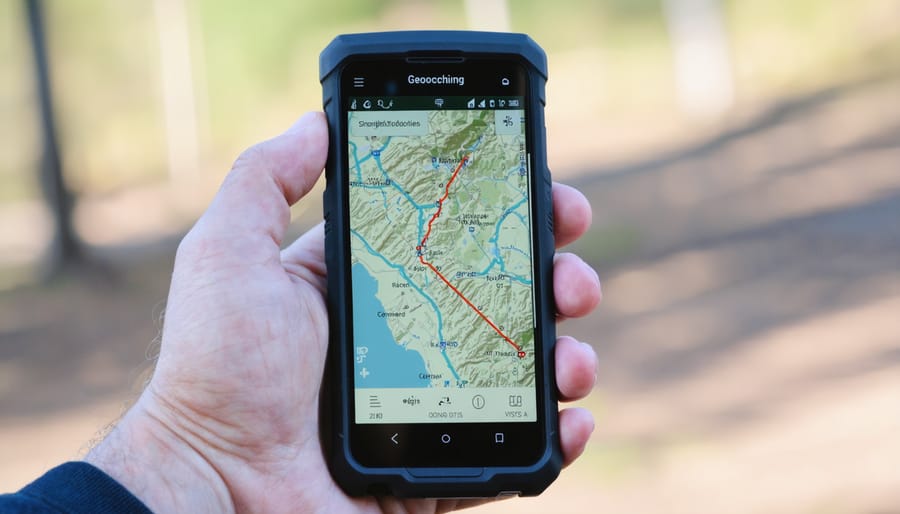
Understanding Cache Types
Geocaching comes in various exciting flavors, each offering a unique adventure! The most common type you’ll encounter is the traditional cache, which is simply a container hidden at the listed coordinates. These are perfect for beginners and often contain a logbook and small tradeable items.
Multi-caches add more challenge by leading you through multiple locations before reaching the final container. Think of it as a treasure hunt with clues at each stop! Mystery or puzzle caches require solving riddles or equations to determine the actual coordinates – great for those who love brain teasers.
Earth caches are unique educational spots where you learn about geological features instead of finding physical containers. They’re fantastic for nature enthusiasts and families looking to combine learning with outdoor fun. Virtual caches are similar but focus on historical or cultural landmarks.
For the tech-savvy adventurers, there are QR code caches and Wherigo caches that incorporate smartphone technology into the hunt. Each cache type has a difficulty rating from 1 to 5 stars, helping you choose adventures that match your experience level.
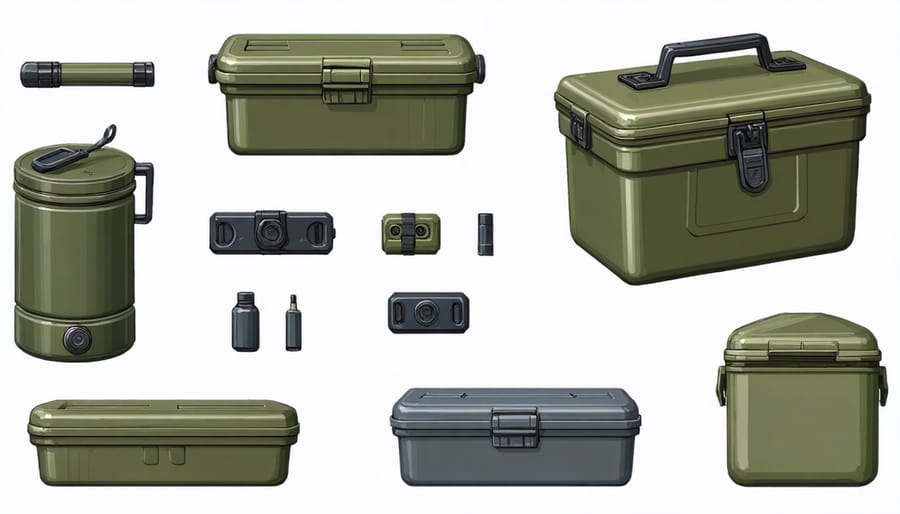
Geocaching in Ontario’s Parks
Popular Caching Locations
Ontario’s provincial parks offer some of the best geocaching experiences you’ll find anywhere. Algonquin Provincial Park stands out as a geocaching paradise, with hundreds of caches hidden along its extensive trail network. Experienced cachers particularly love the Highland Backpacking Trail, where caches often lead to stunning lookout points and hidden waterfalls.
Killbear Provincial Park, hugging the shores of Georgian Bay, provides an excellent mix of beginner and intermediate caches. The smooth granite outcrops and windswept pines create a dramatic backdrop for your treasure hunting adventures. Many caches here are accessible via short hikes, making them perfect for families with young children.
For urban explorers, Toronto’s High Park offers a surprising number of well-maintained caches. The mix of natural and manicured areas provides diverse hiding spots, and you might spot some local wildlife while searching! The park’s extensive trail system means you can easily spend a full day moving from cache to cache.
Bruce Peninsula National Park deserves special mention for its challenging but rewarding cache locations. The dramatic cliffs and crystal-clear waters of Georgian Bay create an unforgettable setting. Pro tip: plan your cache hunting around sunset at the Grotto – you might just find yourself completing a cache while witnessing one of Ontario’s most spectacular views.
Remember to always practice “Cache In, Trash Out” by picking up any litter you spot during your adventures. This helps keep our parks beautiful for future geocachers to enjoy!
Park-Specific Guidelines
Before heading out to hunt for geocaches in Ontario’s beautiful parks, it’s essential to familiarize yourself with the specific guidelines that help protect both the environment and your geocaching experience. Most Ontario parks welcome geocaching, but they’ve established some common-sense rules to ensure everyone’s safety and enjoyment.
First, all geocaches must be registered with park staff before placement. This helps prevent caches from being placed in sensitive ecological areas or archaeological sites. Caches should be clearly marked as geocaches and include contact information for the cache owner.
When placing or searching for caches, stick to designated trails to minimize environmental impact. Parks prohibit placing caches in dangerous locations, such as cliff edges or areas requiring climbing equipment. Remember, safety first!
Keep your cache containers wildlife-proof and waterproof. Bright colors are discouraged as they can disturb the natural scenery – stick to earth tones that blend with the environment. Also, avoid placing food items in caches as they can attract wildlife.
Pro tip: Many provincial parks require a daily vehicle permit or seasonal pass for entry, so plan accordingly. Some parks also offer geocaching programs and events during peak season, making it a great way to learn the ropes with experienced cachers.
Always check the specific park’s website or contact the park office before your visit, as guidelines can vary between locations and may change seasonally.
Tips for Success
Navigation Techniques
Finding your way to a geocache is half the fun! While modern smartphones make safe outdoor navigation easier than ever, there are a few key techniques to master. First, familiarize yourself with your GPS app or device before heading out. Most geocaching apps display both your current position and the cache location, showing the distance and direction you need to travel.
As you get closer to ground zero (that’s geocacher lingo for the cache location), switch from following the arrow to actively scanning your surroundings. Remember, GPS accuracy typically ranges within 5-10 meters, so the final few steps often require good old-fashioned detective work!
Pro tip: Watch your “distance to cache” number. When it starts increasing instead of decreasing, you’ve gone too far – time to backtrack! Many experienced cachers use the “compass and circle” method: when they’re within 10 meters, they slowly walk in a circle while watching their distance reading to zero in on the sweet spot.
Don’t forget to look up from your screen regularly to stay aware of your surroundings and potential hazards. The best geocachers balance technical navigation with keen observation skills.
Cache Etiquette
Respect for the geocaching community and environment is essential for everyone’s enjoyment. When you find a cache, always sign the logbook and return it exactly as you found it. If you take a trade item, leave something of equal or greater value – this keeps the game fun for the next person!
Keep caches well-hidden from public view to prevent “muggles” (non-geocachers) from accidentally discovering and disturbing them. If you notice a cache needs maintenance, like a wet logbook or damaged container, report it through the geocaching app or website to help the cache owner address the issue.
Practice “Cache In, Trash Out” (CITO) by picking up any litter you find along your journey. This simple act helps preserve our beautiful Ontario trails and parks for everyone to enjoy. Never place caches in environmentally sensitive areas or archaeological sites, and always follow local park rules and regulations.
Remember to be discreet when searching for caches in public places. If others are nearby, wait for a quiet moment to retrieve the cache. This prevents drawing unwanted attention and helps preserve the spirit of the game. Happy caching!

Family-Friendly Geocaching
Geocaching is one of the most engaging outdoor activities for families, offering something exciting for every age group. Kids naturally love the treasure-hunting aspect, while parents appreciate the educational opportunities and chance to spend quality time together in nature.
To make geocaching truly family-friendly, start with easier cache locations in well-maintained parks or trails. Let younger children take turns holding the GPS device or smartphone, teaching them basic navigation skills while keeping them engaged. Create a special “geocaching kit” together, including small trinkets for trading, a logbook pencil, and some hand sanitizer – kids love having their own special equipment!
Consider turning each geocaching adventure into a mini-scavenger hunt by creating additional challenges along the way. Ask children to spot specific plants, count wildlife sightings, or identify trail markers. This adds an extra layer of excitement and learning to the experience.
For families with varied age groups, assign different roles to keep everyone involved. Older kids can handle navigation and puzzle-solving, while younger ones can be the “treasure spotters” once you’re in the right area. Don’t forget to pack snacks and water to keep energy levels high, and always celebrate successful finds together, no matter how simple the cache might be.
Remember to practice “Cache In, Trash Out” principles, teaching children about environmental stewardship while having fun.
Geocaching offers a unique blend of outdoor adventure, problem-solving, and community connection that’s hard to find in any other activity. Whether you’re exploring with family, meeting fellow cachers, or enjoying solo discoveries, each hunt creates lasting memories and stories to share. It’s an eco-friendly way to discover hidden gems in your own backyard or while traveling, and the best part is that anyone can start right away with just a smartphone. The geocaching community is known for its welcoming spirit and commitment to environmental stewardship, making it more than just a hobby – it’s a way to connect with both nature and like-minded adventurers. So grab your GPS or phone, download a geocaching app, and join millions of treasure hunters worldwide in this exciting outdoor pursuit. Your first cache is waiting to be found!

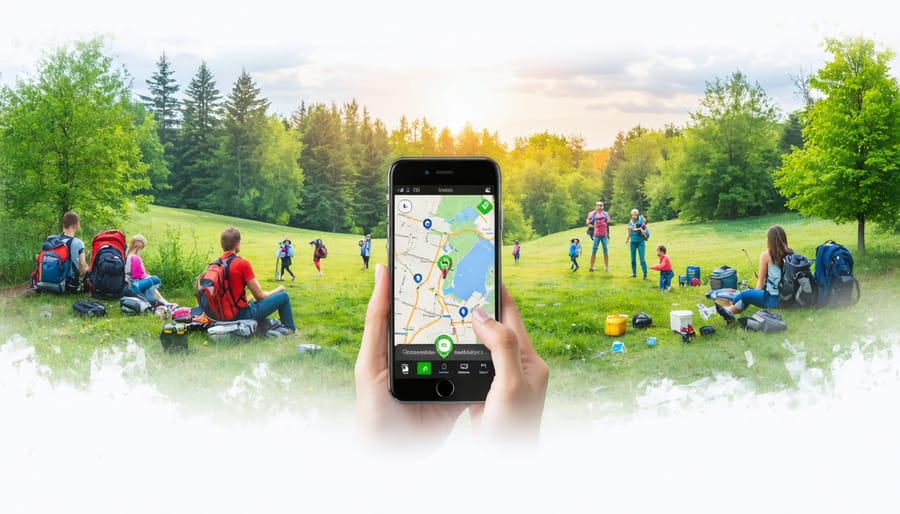








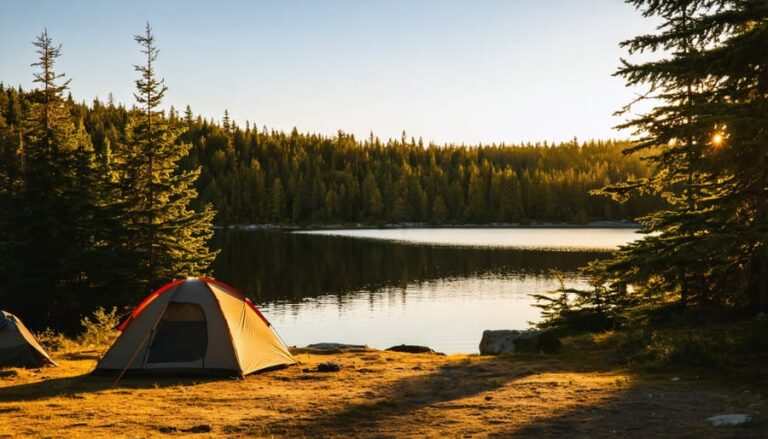
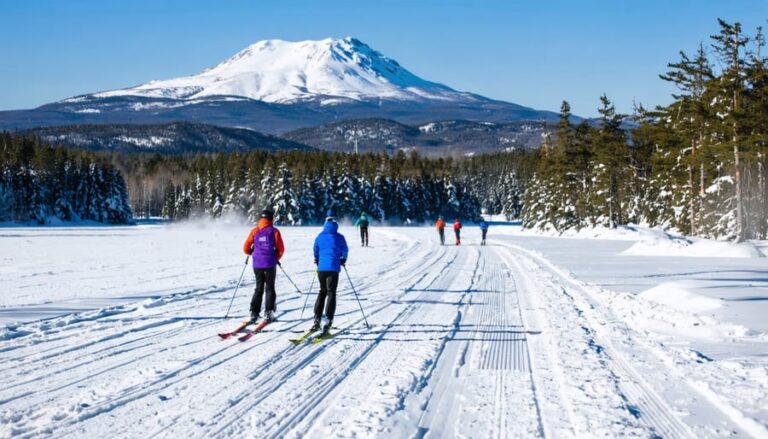


+ There are no comments
Add yours